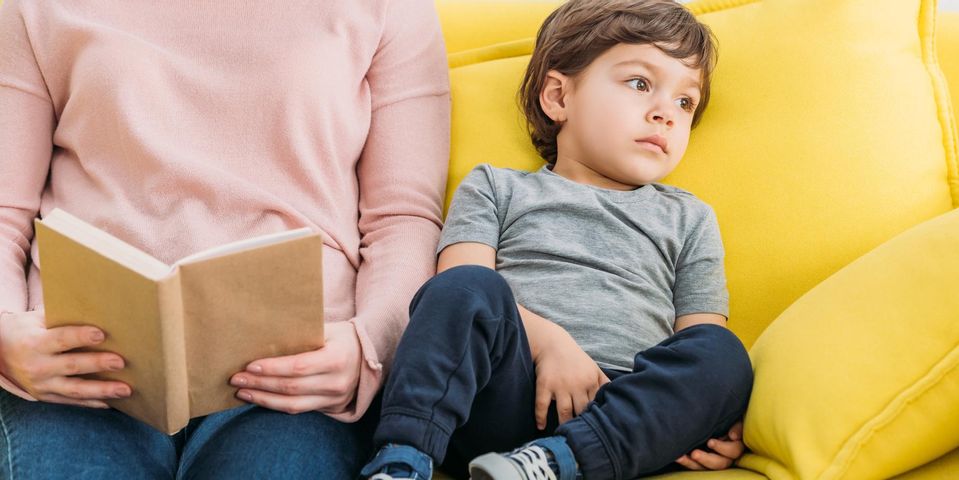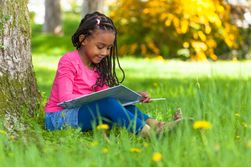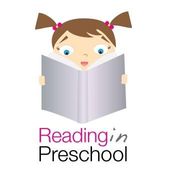
The ability to take in and process visual information is a major factor in a young child’s education. If your preschooler dislikes or struggles with reading, the issue may not be academic at all — they may have vision problems. Here are some frequently asked questions about the connection between vision issues and reading difficulties.
The Link Between Vision Issues and Reading
How do I tell if my child is struggling to learn to read because of vision problems?
Children with vision trouble may frequently lose their place when reading or put their face very close to the book to read. They may have poor hand-eye coordination or struggle to identify and reproduce shapes. Other signs of vision problems with children include blinking excessively, frequent eye rubbing, and complaining about headaches.
What types of vision problems do children experience?
 Children may experience refractive eye problems such as nearsightedness, farsightedness, and astigmatism, which cause blurry vision because the shape of the eye doesn’t bend light properly. Functional problems mean a child’s eyes have trouble working together or staying aligned, or that they struggle with fine eye movements. Visual perception problems, which can affect other aspects of a child’s education (such as math), prevent a child from recognizing and identifying information they’ve seen before.
Children may experience refractive eye problems such as nearsightedness, farsightedness, and astigmatism, which cause blurry vision because the shape of the eye doesn’t bend light properly. Functional problems mean a child’s eyes have trouble working together or staying aligned, or that they struggle with fine eye movements. Visual perception problems, which can affect other aspects of a child’s education (such as math), prevent a child from recognizing and identifying information they’ve seen before.
How are these problems treated?
Eyeglasses are usually prescribed to correct refractive eye problems. Children with functional vision problems may benefit from specialized vision therapy exercises. For those with visual perception problems, a reading tutor or individualized education program (IEP) can provide education therapy to help improve visual processing.
Can certain reading habits harm my child’s vision?
Although some reading habits, such as reading in dim light or holding a book very close to the face, might contribute to eye strain, they do not change the shape of the eye or disrupt the way the eye processes information.
How can I protect my little one’s eyesight?
To ensure proper eye health, your child’s diet should include plenty of fruits, vegetables, and nuts so they receive adequate amounts of vitamin C, vitamin E, omega-3 fatty acids, and zinc. When they’re outside, protect their eyes from the sun by keeping them in the shade or providing them with sunglasses that have a UV coating. Make sure their toys are age-appropriate and free from sharp edges, and make sure they wear eye protection when playing sports. Schedule regular eye exams so a doctor can check for any changes in the structure or function of your child’s eyes.
Reading in Preschool is a tutoring service offering reading programs for children in New York, NY, from 2.5 to 7 years of age. Each of their reading tutors has a Masters in Education and is dedicated to helping young children become confident readers. Call (917) 723-1159 to learn more about their private reading classes, or visit their website to learn more about their teaching methods.
About the Business
Have a question? Ask the experts!
Send your question

